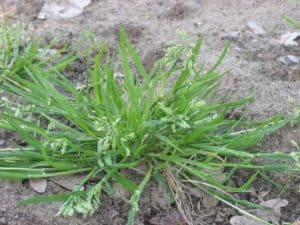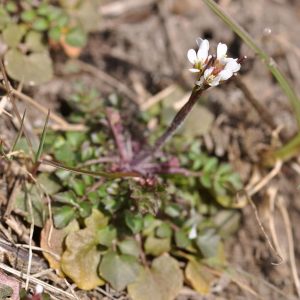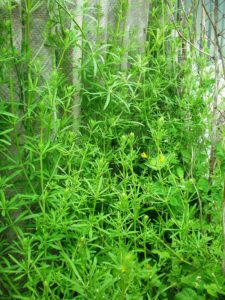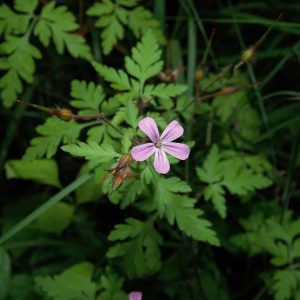Back in March we identified several common British perennial weeds. Those terrors dig their claws in and return year after year. They’re often difficult to eradicate. However, some common British annual weeds are equally as frustrating. These die back at the end of each year, so you’d think they’re less of a problem.
Unfortunately, annual weeds are often prolific with their seeds and can smother a garden quickly. The seeds can hide away too until the following year, when they burst into life when you’re not watching. As with our perennials post, we’re going to tell you the main methods for getting rid of these pests, then list the most common species.
How to deal with these common British annual weeds
Regular hoeing and weeding is the main course of action to deal with these weeds. Only hoe when the weather is warmer and dry, as plants can re-root into moist soil before they dehydrate on wet days.
As most weeds produce large numbers of seeds, this is a war of attrition. You’ll have to remain vigilant and weed regularly to eradicate these plants before they flower and set seed. If not, there seeds will continue to build up with time and they can swiftly smother your garden.
If you’re happy to use chemical controls, then as with perennials, this RHS list shows you the range available. Each RHS profile for these weeds will tell you how to chemically eradicate them in more detail. Links can be followed by simply clicking on the weed’s common name below.
The weeds
Annual meadow grass

Latin name: Poa annua
Insight: One of many coarse grasses that can infest a lawn and spoil its look. Its seeds are often produced below the level of a mower blade so escape decapitation and lead to another year of infestation. The only solution is to fork the rough patches out, level and re-sow the soil with lawn seed as soon as feasible.
Bittercress

Latin name: Cardamine hirsuta or C. flexuosa
Other common names: Hairy bittercress or Wavy bittercress
Insight: Hairy bittercress is the annual, while the waxy form is perennial. Both produce explosive seedpods, and can often be imported on the soil surface of potted plants from garden centres. It loves damp conditions.
Chickweed

Latin name: Stellaria media
Insight: This clumping weed has insignificant flowers which can develop into 1300 seeds per plant, within weeks of germinating.
Cleavers

Latin name: Galium aparine
Other common names: Goosegrass, sticky willie
Insight: Stems can extend for 1m and the numerous seeds stick to the fur or clothes of passers-by. Each plant can produce up to 300-400 seeds.
Herb Robert

Latin name: Geranium robertianum
Other common names: Red Robin, storksbill
Insight: A native relative of ornamental geraniums many gardeners delight in, this weed covers shady ground and develops pretty pink flowers of 8-12mm diameter. Unfortunately its seed pods explode, scattering the offspring far and wide.
Kevin Gelder
Kevin joined Bestall & Co in late 2017 and brought a range of skills with him from a varied background. He gained a degree in French and Italian from Lancaster University in 2009 before successfully completing a PGCE at the University of Sheffield in 2011. He built on his communication skills through secondary language teaching, before working in healthcare administration.
Ultimately though it was his passion for plants and gardening which brought him to Bestall & Co as a member of the planting team, and although he's now moved back to an office based role, the articles he wrote whilst he was still with us live on.



